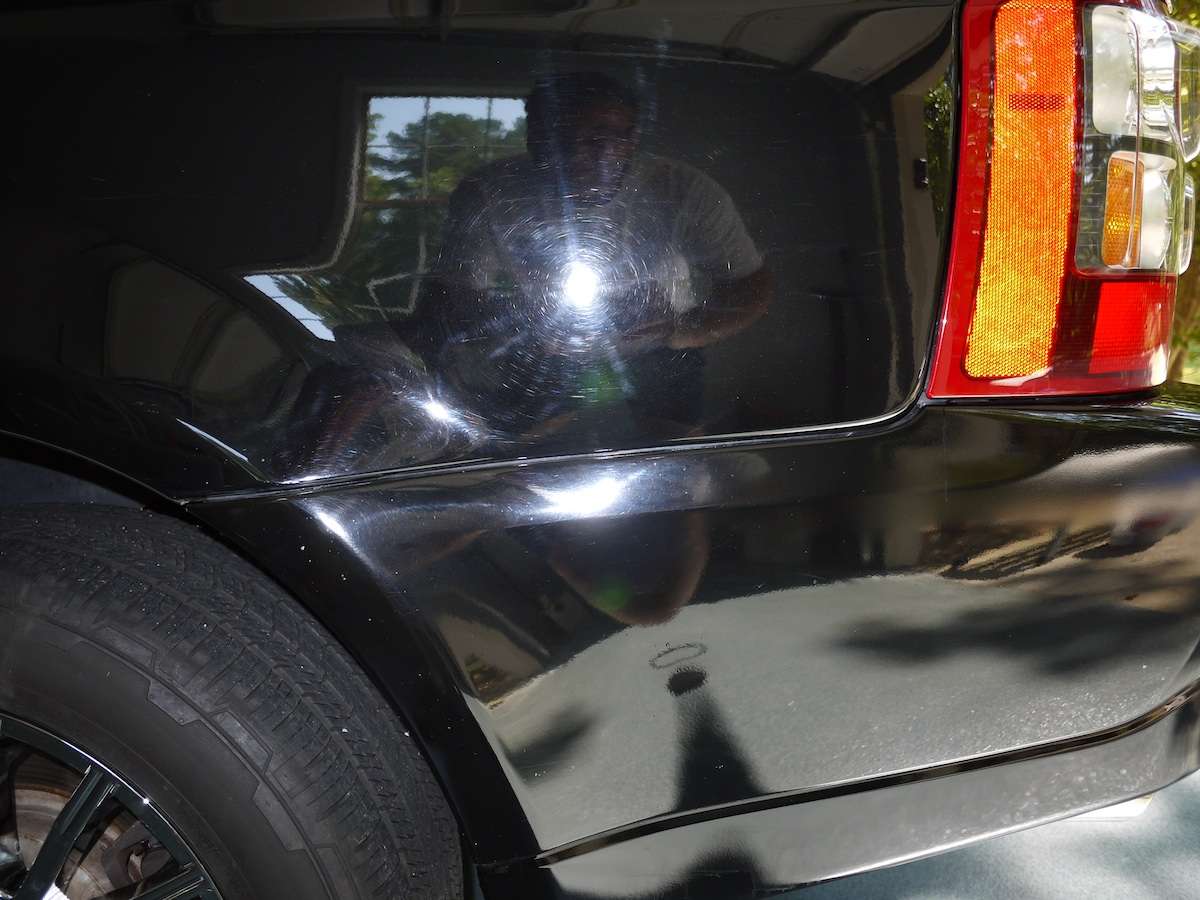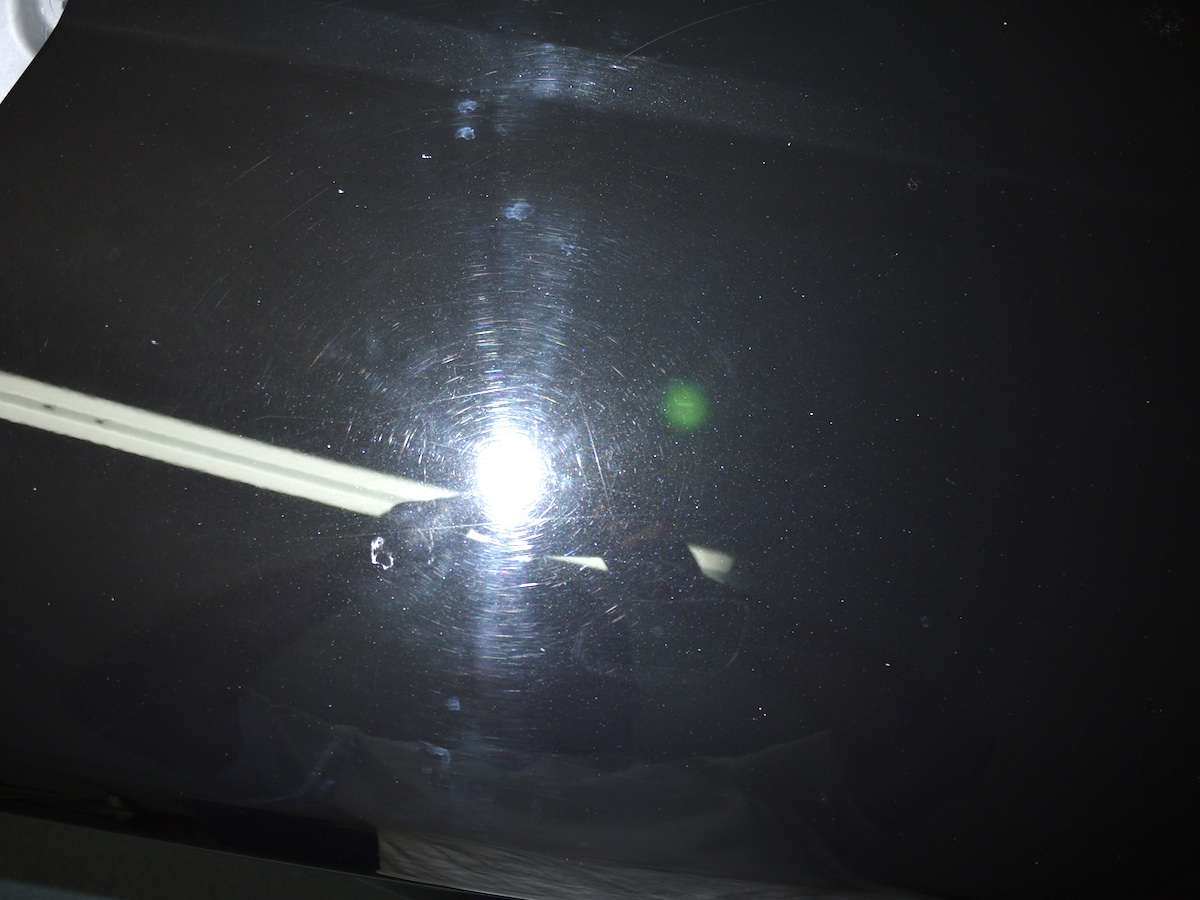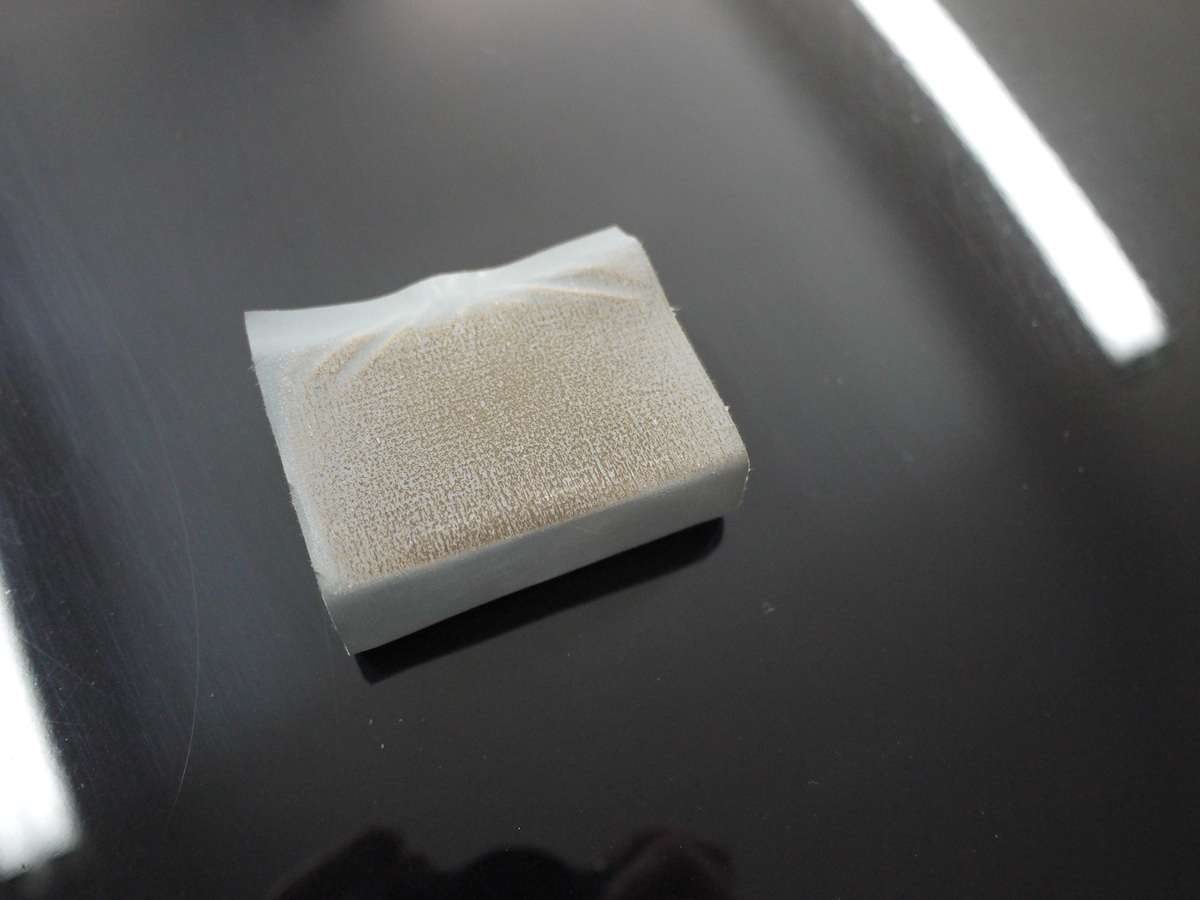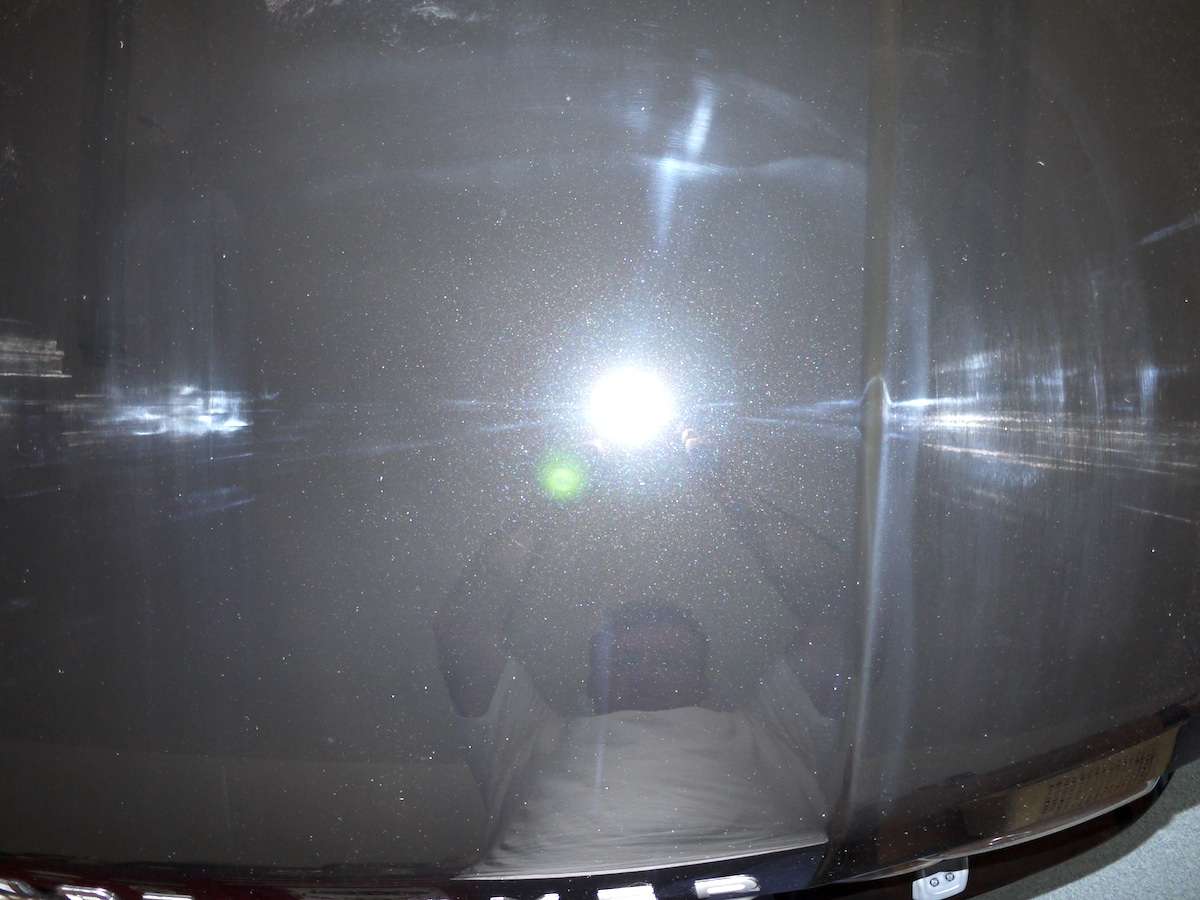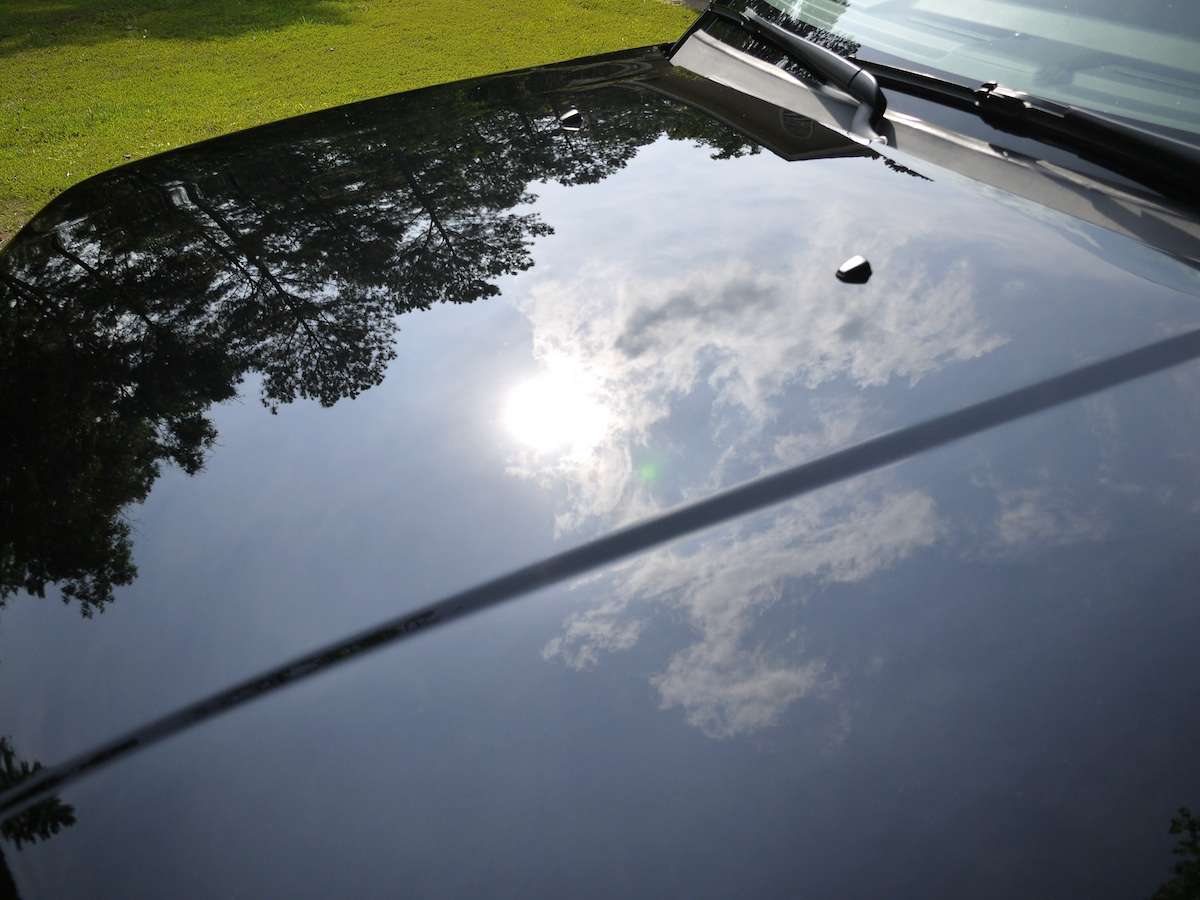In the late 1800's the final tanning of leather required the talents of a "currier". This craftsman took the tanned but brittle hide and worked oils into it until the desired flexibility was obtained. This process was called fatliquoring. The fatliquor of choice was an emulsion of oil in soap. This "saddle soap" was not used as a cleaner; it was used as a softening conditioner.
In reality, saddle soap is a very poor cleaner. It must first dissolve it's own oils, limiting it's capacity to dissolve dirt and oils in the leather. Saddle soap is also inherently alkaline but alkalinity is damaging to leather. Another problem arises during application. Most saddle soaps instruct the user to work the lather into the leather. Since loosened dirt is suspended in the lather, it is pushed back into the leather's pores.
Saddle soaps have long been replaced in tanneries by modern emulsions, which penetrate, soften, and condition with greater ease and stability. The popular myth of saddle soap as a leather cleaner and conditioner remains a modern folklore, and is not recommended.
In reality, saddle soap is a very poor cleaner. It must first dissolve it's own oils, limiting it's capacity to dissolve dirt and oils in the leather. Saddle soap is also inherently alkaline but alkalinity is damaging to leather. Another problem arises during application. Most saddle soaps instruct the user to work the lather into the leather. Since loosened dirt is suspended in the lather, it is pushed back into the leather's pores.
Saddle soaps have long been replaced in tanneries by modern emulsions, which penetrate, soften, and condition with greater ease and stability. The popular myth of saddle soap as a leather cleaner and conditioner remains a modern folklore, and is not recommended.

